The Pagani Zonda Is the Last Great ’90s Supercar. Here’s Every Model, Ranked.

When it first appeared on the stage at the 1999 Geneva Motor Show, the Pagani Zonda didn’t seem real. Its bug-eyed headlights and bubble cockpit gave it the look of an alien spaceship; its interior was an homage to an alternate, steampunk universe; its engine bay was packed with a Mercedes-Benz V-12 tied, unlike any other use of that engine, to a manual gearbox. Surely, company founder Horatio Pagani’s creation was bound to join the likes of the Vector W8 and Cizeta V16T in the museum of failed supercar dreams.
Yet, against the odds, the Zonda succeeded. It sustained the Pagani brand for 12 years until the Huayra joined the team in 2011. Even then, though, the Zonda stuck around for another eight years, growing into new, more powerful, and ever-wilder variations.
More from Robb Report
Thieves Are Stealing Cadillac Escalades From the Las Vegas Airport
Watch a Pagani Hypercar Drive Through the Flooded Streets of Dubai
And why wouldn’t it? Its incredible design — the sort of work you’d expect from a company started by the man who served as Lamborghini’s chief engineer during the Countach days — remained just as capable of stopping traffic on the car’s last day in production as it was when it appeared back when Bill Clinton was president and Cher’s “Believe” was topping the pop charts.
During that long span, Pagani created a remarkable number of variations of its inaugural supercar — each of which deserves attention and praise. Rather than simply list them, however, we’ve decided to rank them, from worst to best, based on, well, how cool they are. (Note: Pagani has also made a litany of one-off Zondas with their own names for various customers, but we’re focusing on “production” models, as the bespoke versions have largely been based on these.)
Best of Robb Report
Sign up for Robb Report's Newsletter. For the latest news, follow us on Facebook, Twitter, and Instagram.
Click here to read the full article.
Zonda C12-S
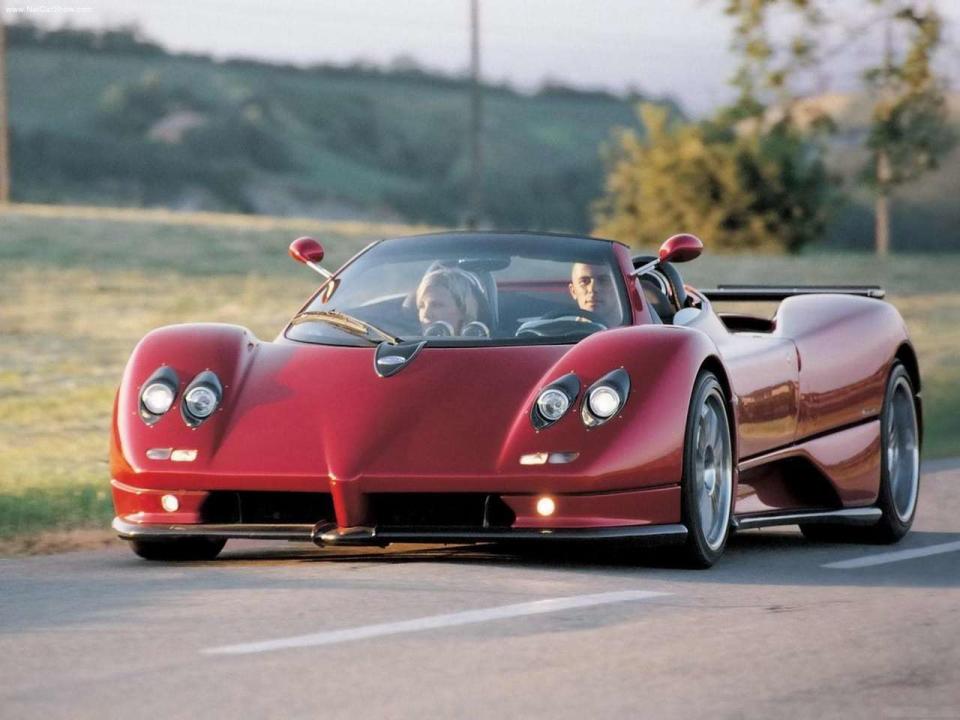
There’s nothing bad in the slightest about the C12-S, but one of these Zondas had to be last on the list. The C12-S was an improved version of the original car with a larger engine and an extra gear in its transmission, but didn’t yet have the 7.3-liter V-12 that would become the car’s trademark power plant.
Zonda Tricolore
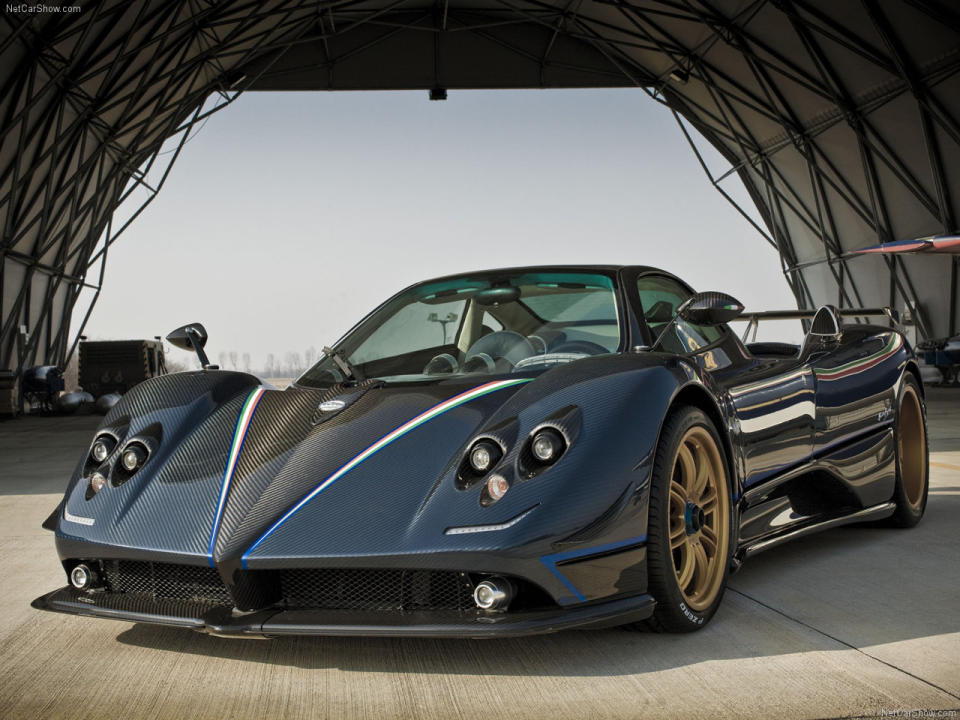
Whipped up as a tribute to the Frecce Tricolori — the Italian Air Force’s equivalent of the USAF’s Thunderbirds — the Tricolore boasts a clear blue lacquer over its exposed carbon fiber skin, as well as stripes in the pattern of the Italian flag. Again, absolutely nothing wrong with it, but it didn’t bring much new to the party compared with other members of the Zonda family.
Zonda F
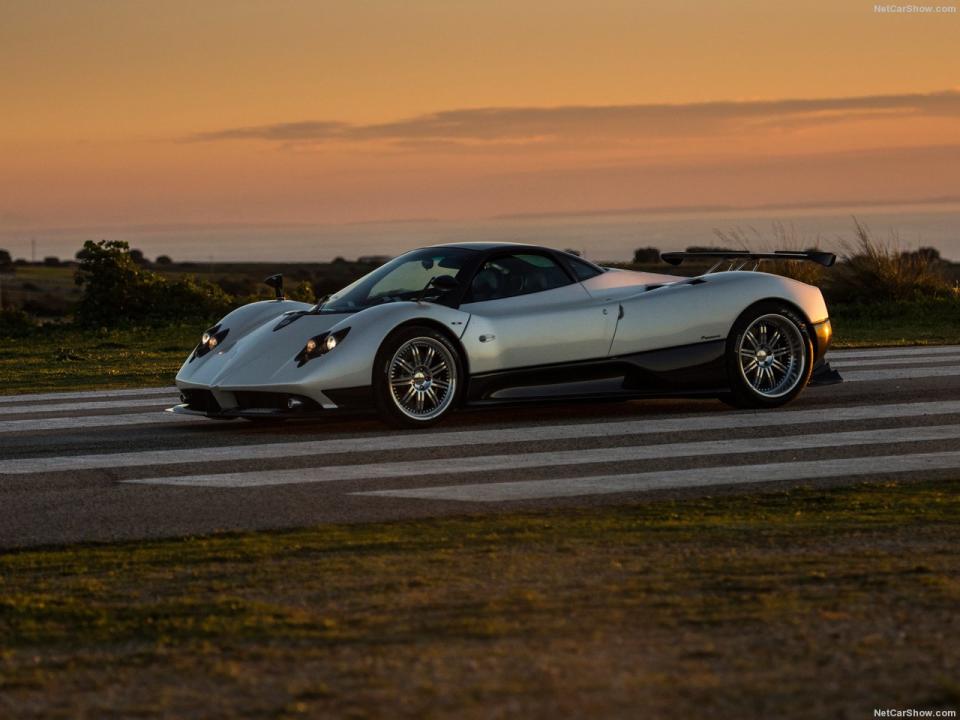
Horatio Pagani had originally planned to call his first car the “Fangio F1,” in honor of Formula 1 icon and Pagani’s fellow Argentinian Juan Manuel Fangio, but changed the plan after the racing driver’s 1995 passing. Come 2005, however, Fangio’s name — or at least, his initial — found its way to the Zonda. Power was up, of course, but the more noticeable change came in the form of finding ways to add lightness. More than 100 pounds was axed versus its Zonda S predecessor — not easy, considering that the car weighed 2,816 pounds dry. Fangio, no doubt, would have been proud.
Zonda Roadster
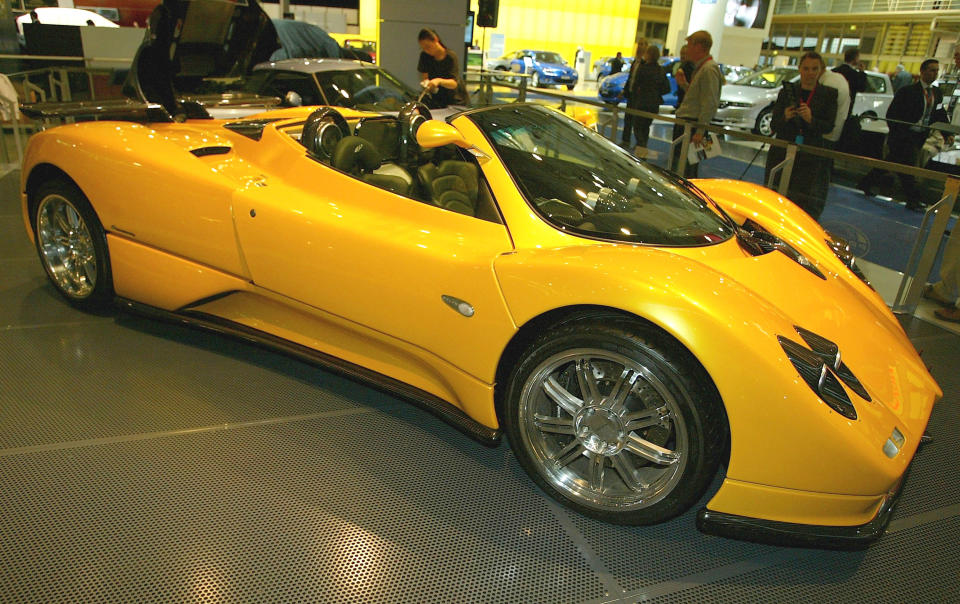
The S rolled out in 2002 as what would presumably be called a mid-life cycle refresh … if Pagani made normal cars by normal rules. The big news was the arrival of the AMG-tuned 7.3-liter V-12, an adapted version of the original motor bored and stroked out for added power, giving the S 547 horses in total. One year later, however, came an arguably more notable change: the first-ever open-top Zonda, the Roadster, which made it even easier for extroverts to enjoy the gaze of everyone ogling their car.
Zonda Cinque
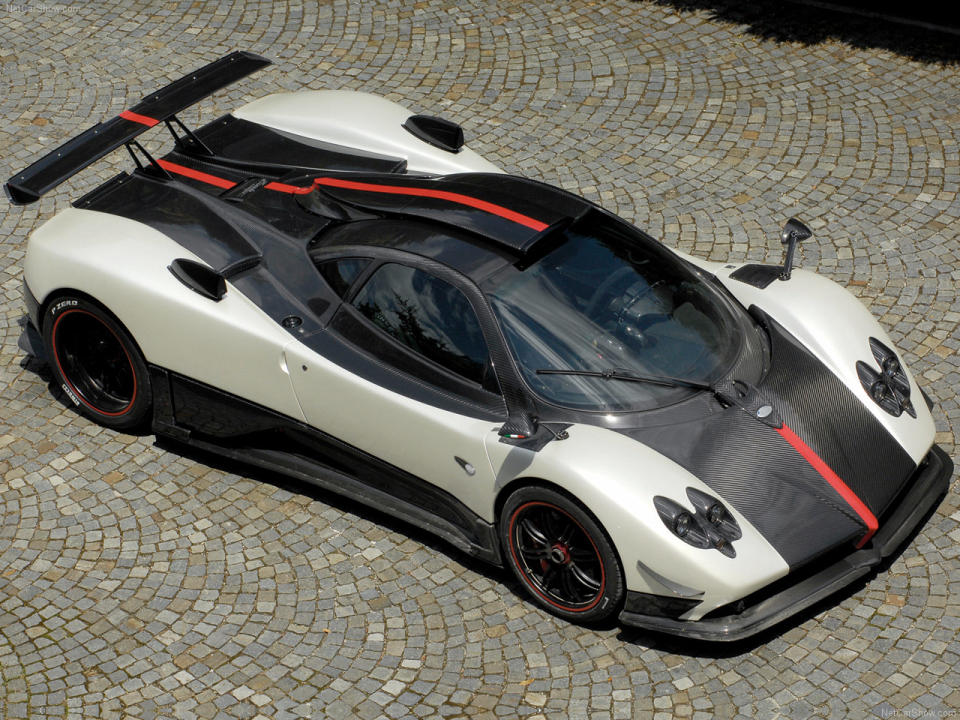
The “Cinque” in this Zonda’s name refers to its production run — just five cars were made. Well, technically, 10 — five coupes and five Cinque Roadsters. The cars were created in response to a prompt from Pagani’s Hong Kong dealer: build “the most extreme road-legal Zonda ever created.” To do so, Pagani based it on the Zonda R track car, adopting that version’s race-style automated manual gearbox, among other features, making it the first streetable Pagani with flappy paddles.
Zonda Revolucion
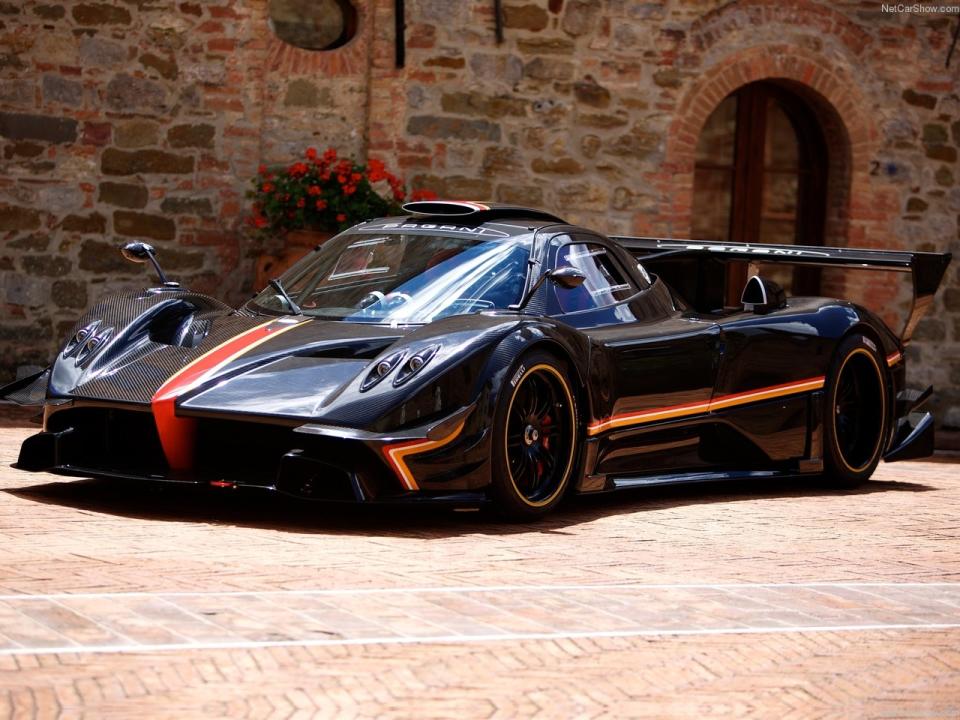
How do you make an insanely cool supercar even better? Make a version that’s so wild, it can’t be driven on the street. The R went back to the Zonda’s original engine size, but this improved version of the 6.0-liter V-12 spat out 740 horsepower — or 750, in Zonda R Evolution spec. It could slam off shifts in two-hundredths of a second, generate enough downforce to drive on the ceiling, and lap the Nurburgring Nordschleife in a shocking 6 minutes and 47 seconds. But even that wasn’t good enough, apparently, because the Evolution eventually evolved into the Zonda Revolucion, a final form in which it made 789 horsepower and gained an F1-style drag reduction system.
Zonda C12
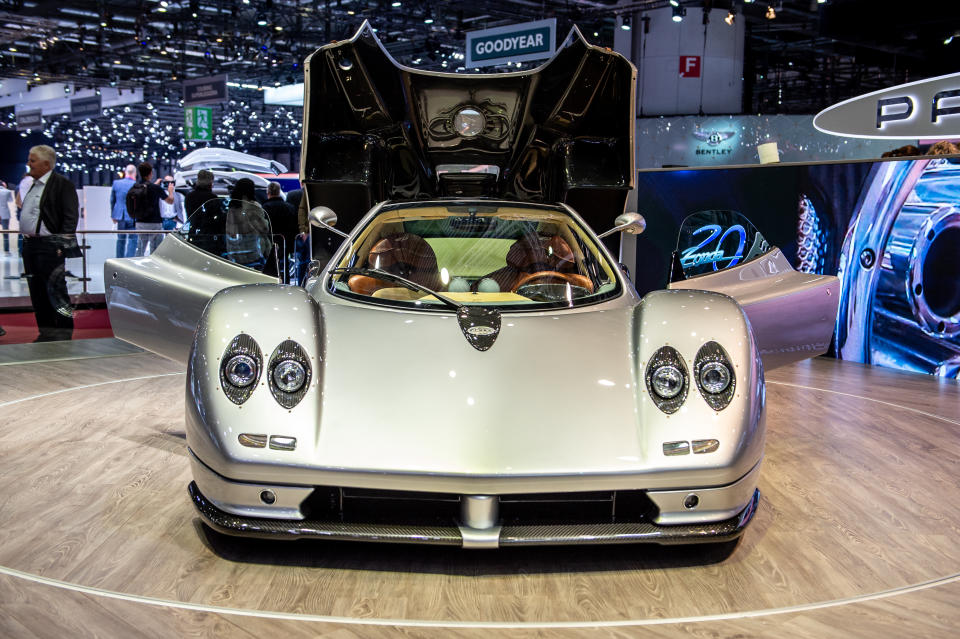
The C12 may have been the simplest, even crudest of the Zondas, boasting just 444 horsepower from the smallest engine ever put in a Pagani (at a “mere” 6.0 liters) and coming with only five forward gears in its stick — but it’s the one that put the cap on the 20th Century supercar, the endgame of a long history that includes the McLaren F1, Bugatti EB110 and Ferrari F40. The original Zonda that debuted in 1999 isn’t just near the top of this ranking; it has to rank as one of the coolest cars ever made.
Zonda HP Barchetta
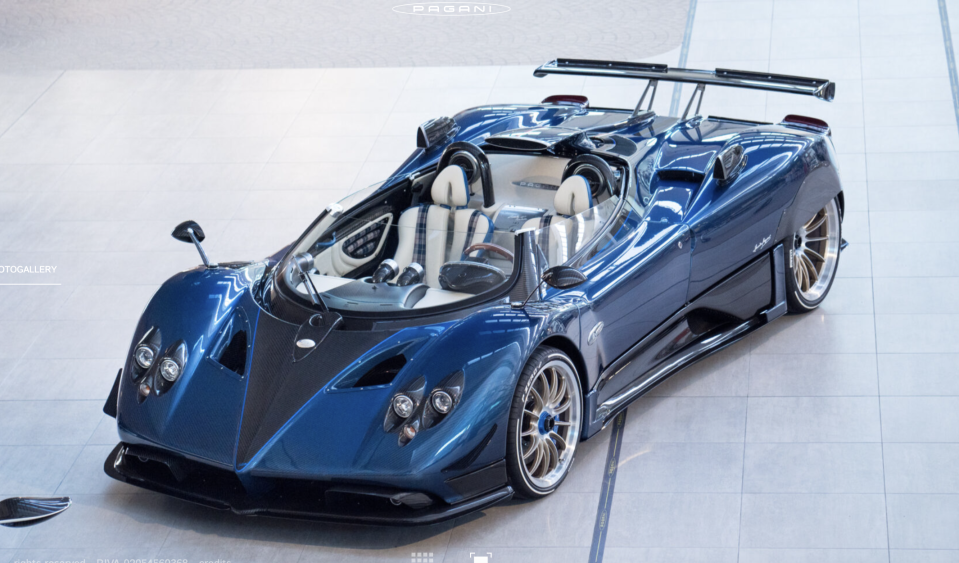
Turns out the Zonda saved the best for last. The HP Barchetta was the final variant that wasn’t a one-off, unveiled in 2017 at Monterey Car Week in honor of both Horatio Pagani’s 60th birthday and the Zonda being old enough to vote. (One of the three examples would wind up in its creator’s garage.) It bears the honor of being the most powerful Zonda, its V-12 generating a stunning 789 horsepower — but it’s just as notable for its uniquely covered rear wheels and chopped windshield that technically makes it a speedster, not just a regular convertible. If you ever see one of these in person, consider yourself blessed.

 Yahoo News
Yahoo News 
